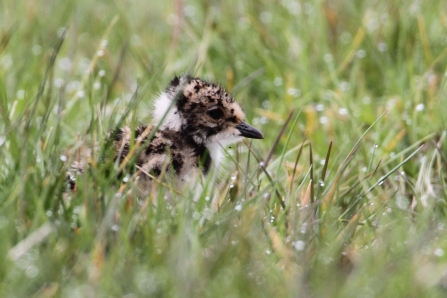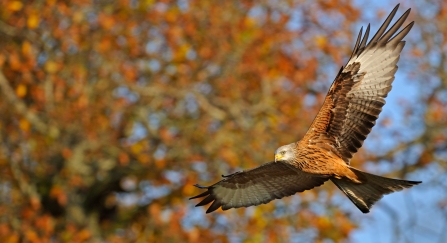It’s a great time to get outdoors and visit our nature reserves. You never know, you could spot some of this wonderful wildlife. Here are the latest wildlife sightings from our nature reserves in Lancashire, Manchester and North Merseyside.
Brockholes
We can always rely on the in focus team to update us with brilliant bird sightings from their shop in The Lookout hide, and April was no exception. Nestled at the edge of Number One Pit, the hide is a great vantage point which yielded whimbrel, garganey, common scoter and the first swift of the year. Why not drop in and see for yourself?
Elsewhere on the reserve, newly arrived warblers treated visitors to a whole chorus of song, with grasshopper, sedge and reed warblers all chiming in. Excitingly, the first common tern of the year arrived back at the nature reserve, which means it’s time to get our tern rafts back out. A huge thank you to everyone who donated to our tern raft appeal last year – your generosity helped us buy the materials to build two new rafts, bringing our total to five.



